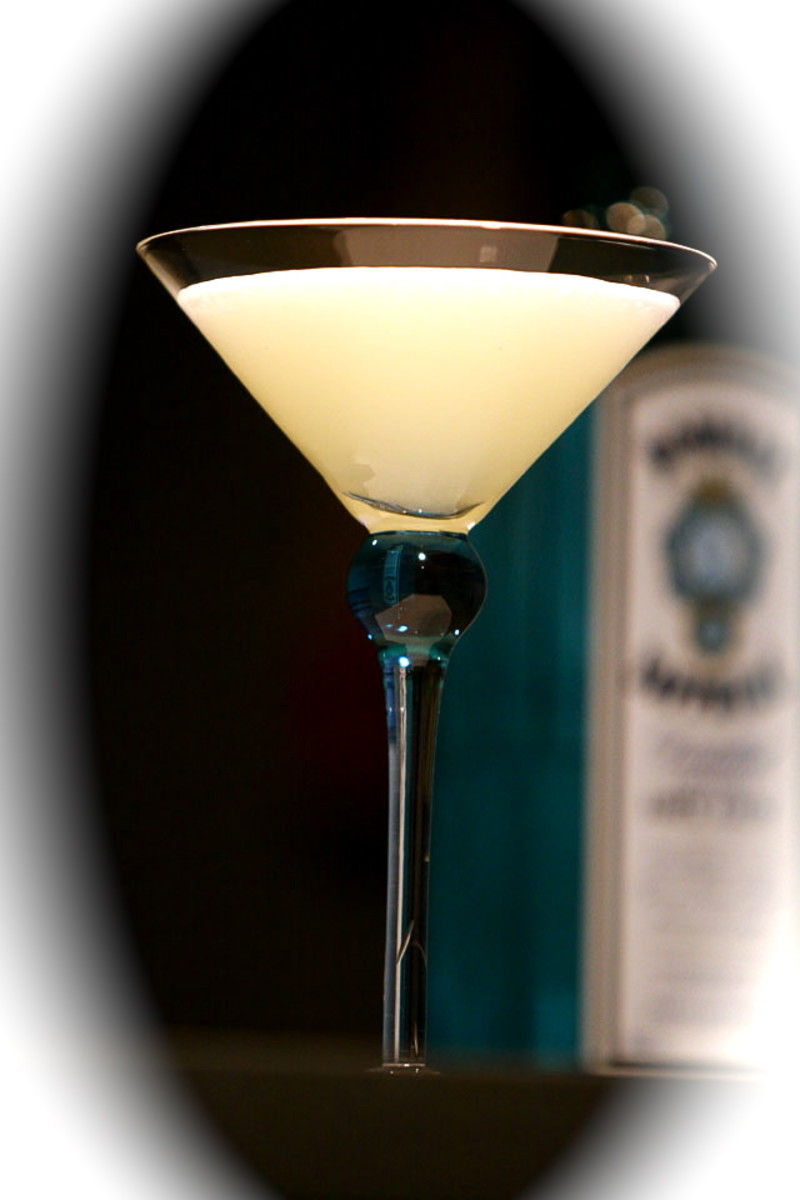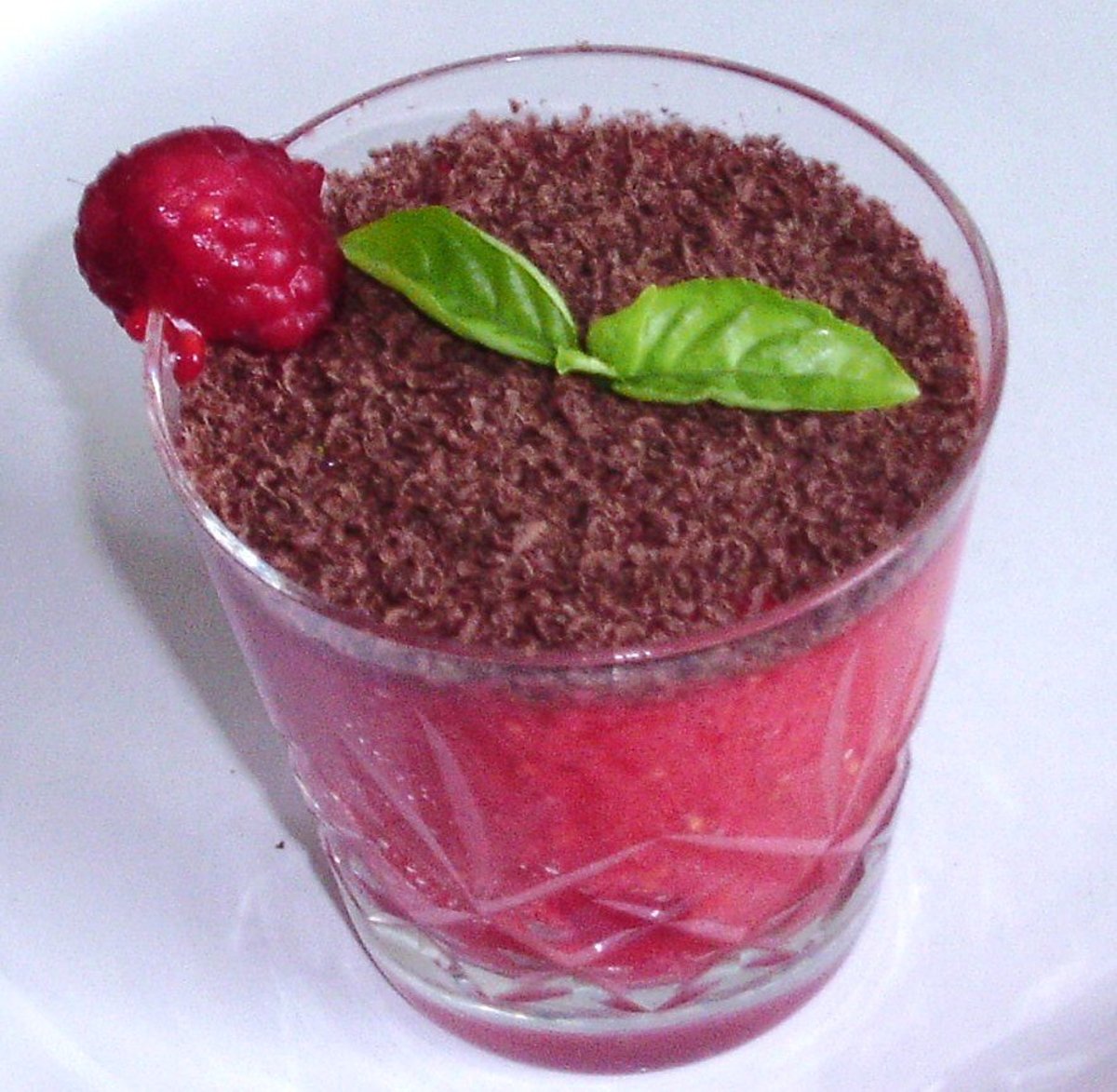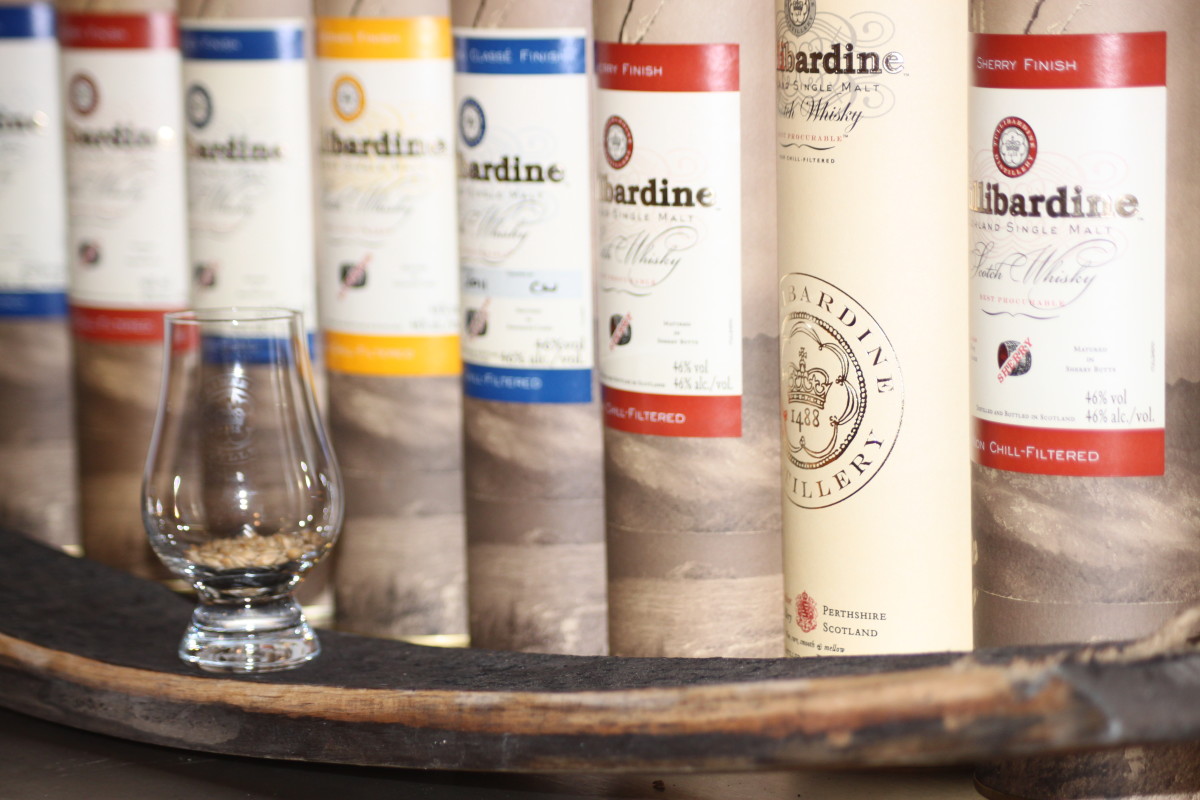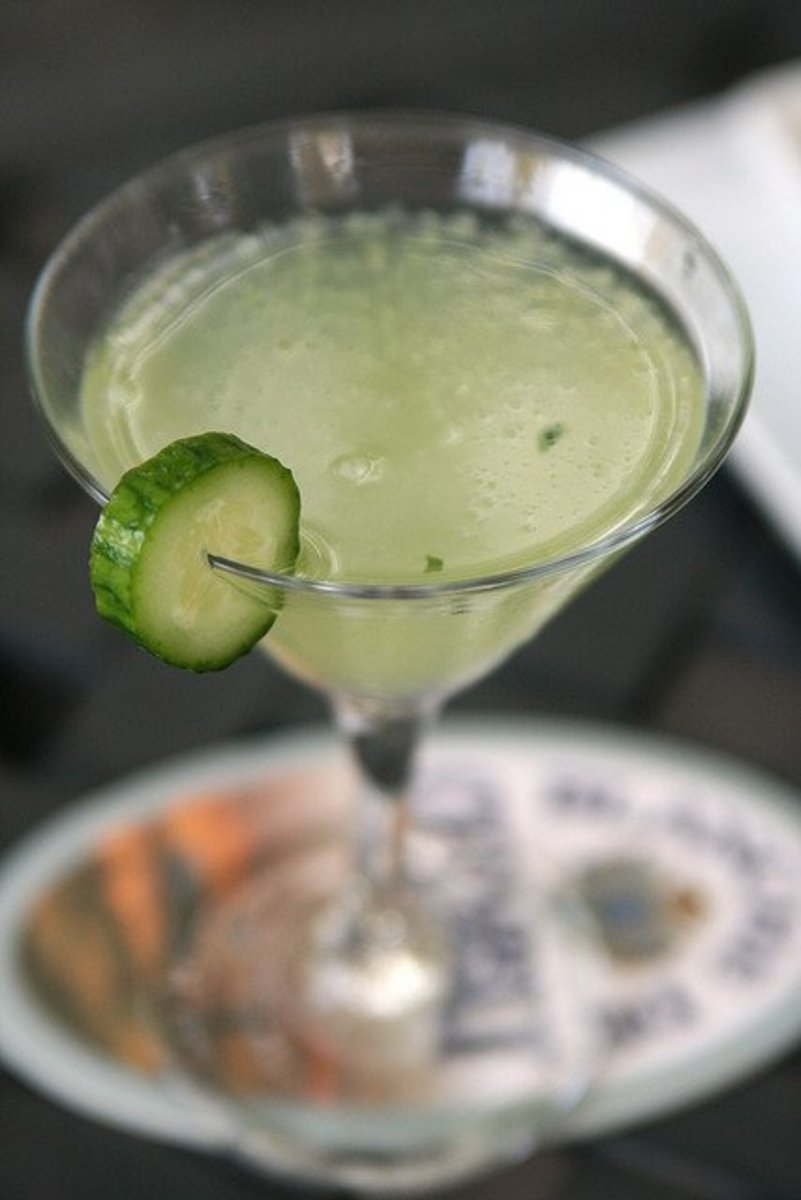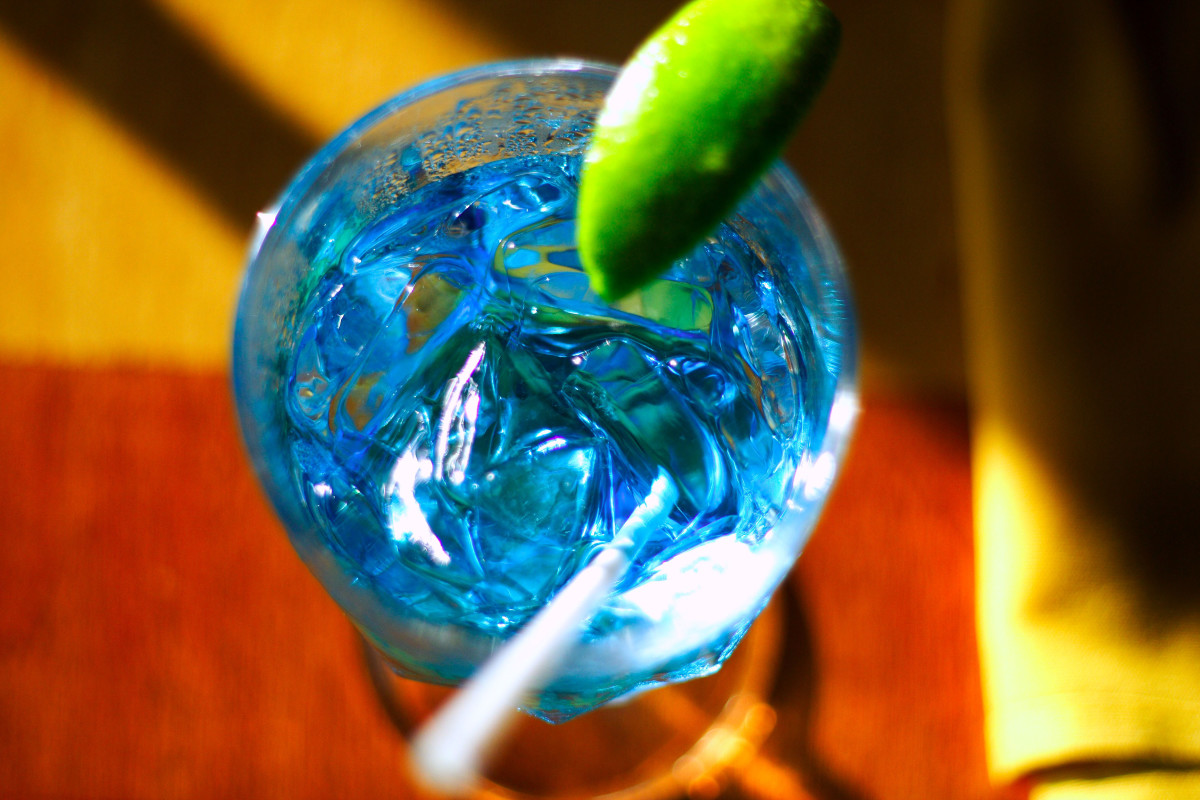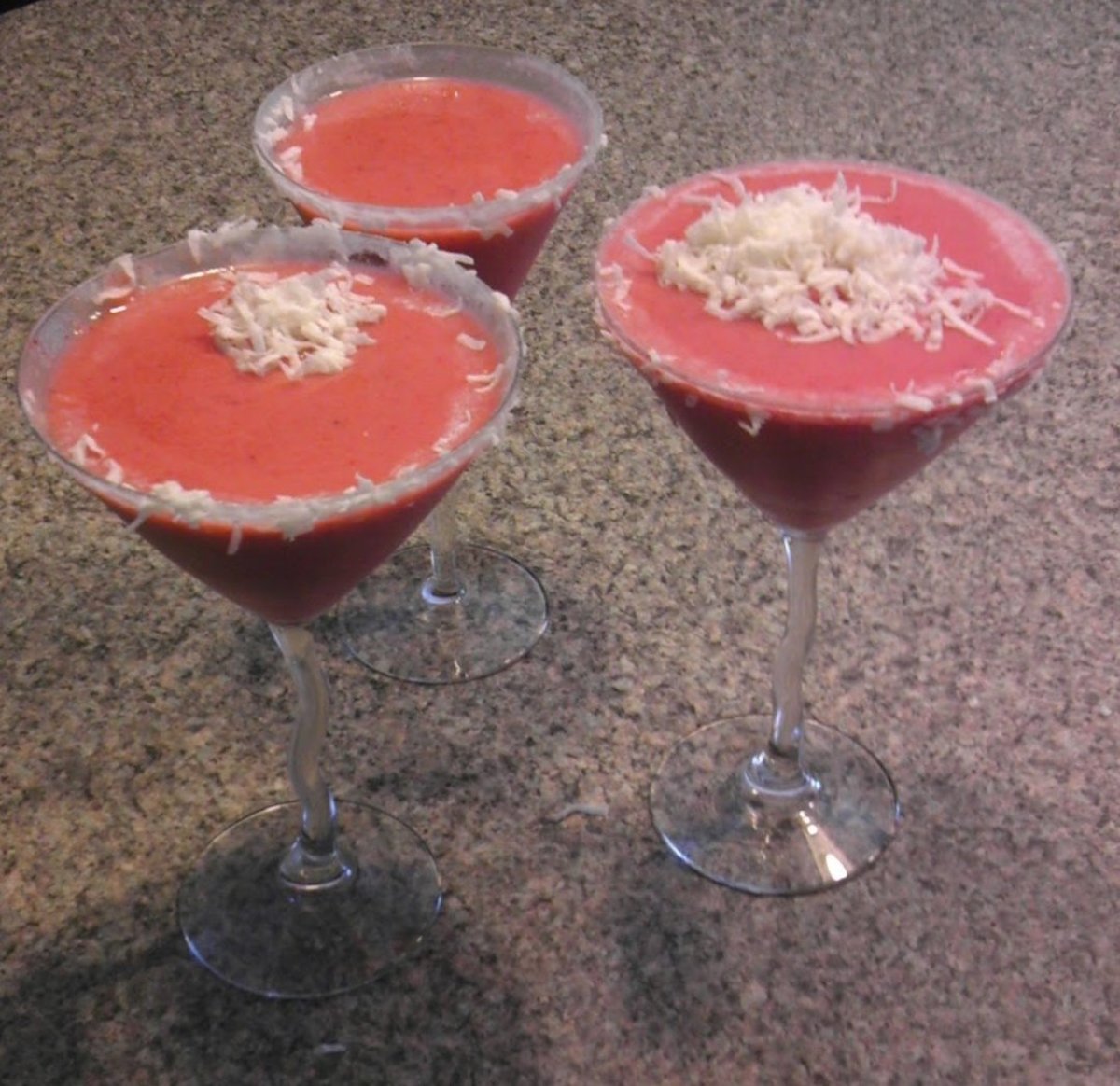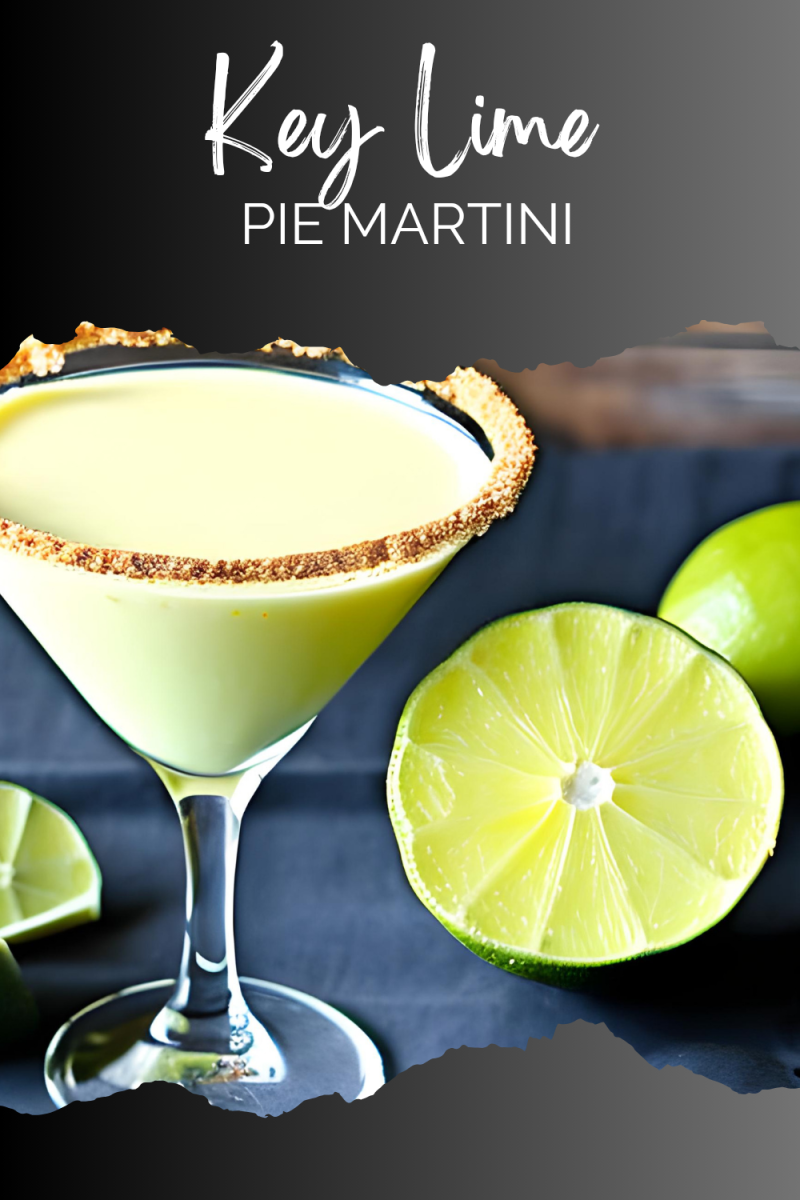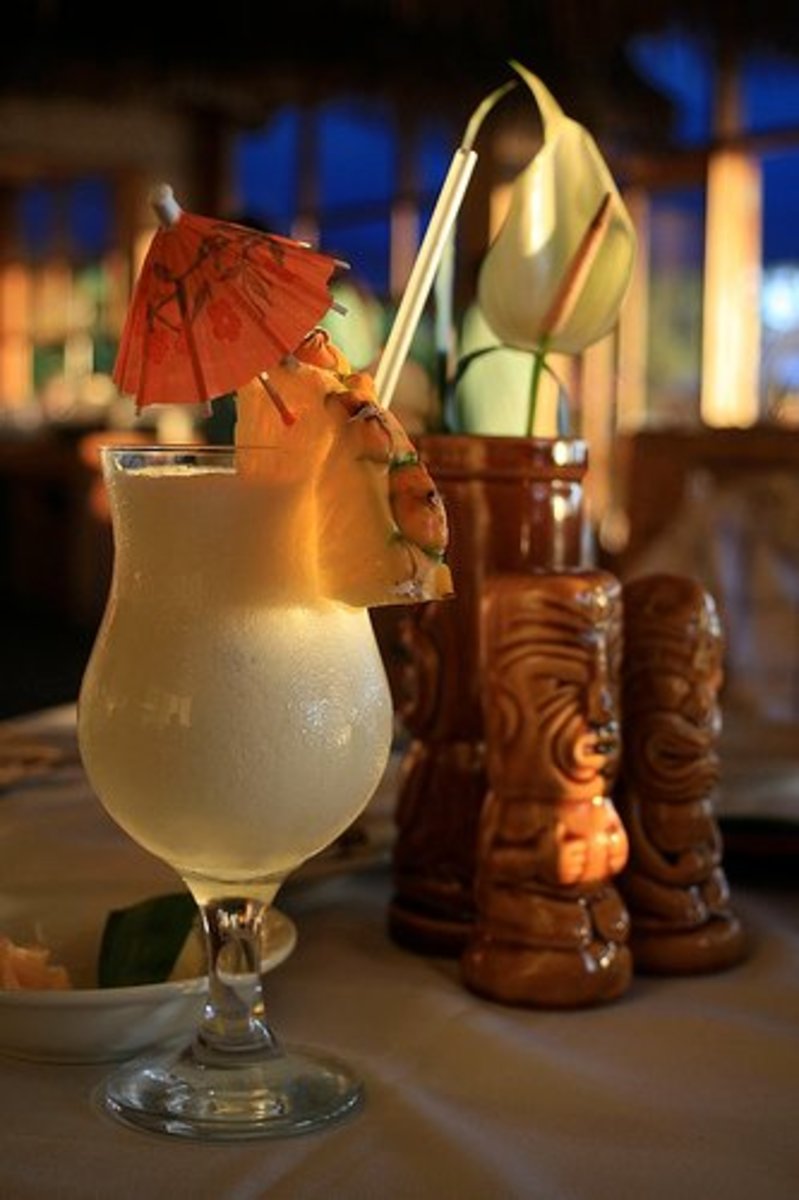- HubPages»
- Food and Cooking»
- Beverage Recipes»
- Spirits Recipes
Cocktails, Ales and Horses' Tails
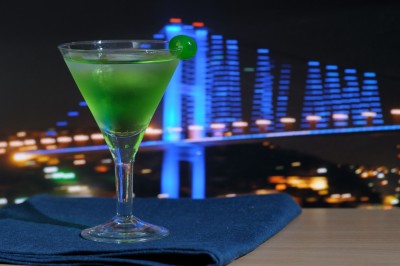
Here is another hub on one of my favourite topics, cocktails. Apart from the pleasure of drinking them, I also enjoy reading and researching the stories behind the drinks or what I consider to be cocktail folklore and now that I’ve joined Hubpages I’m enjoying writing about them too. This hub covers some more of theories which compete with each other to explain how cocktails came to be called cocktails. In my previous hub I wrote about theories based on cocks’ tails, this hub will deal will deal with theories which involve mixed drinks or horses tails.
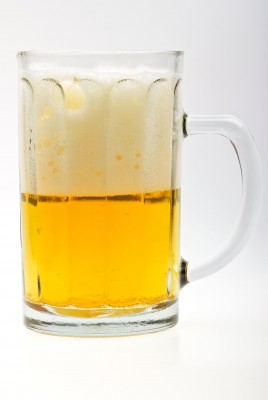
Cock’s ale was a drink which was often drunk at cock fights, the recipe for which added raisins, various herbs and spices including mace and cloves, and a dead rooster to the base ale. This mixture was then allowed to ferment for slightly over a week before being ready to drink. The thought of adding a dead animal to a drink might seem a little revolting but it is not such an unusual practice as one might think as raw meat is an ingredient frequently used when making cider. For the 1996 Great American Beer Festival the Boston Beer Company brewed a Cock Ale to mark the 50th anniversary of one of their company investors. Brewer Dave Grinnell obtained two small roosters which he plucked, gutted and boiled before massaging them with 11 herbs and spices. The birds were tied up in a cloth sack filled with dates and currants that was then steeped in the brew. It is easy to see how the jump could have been made from a drink made from a variety of different ingredients called Cock’s ale to the cocktail.
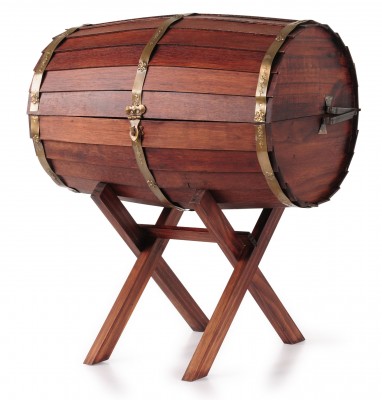
Another story where it is easy to see how the connection could have been made involves the dregs in the bottom of a barrel which were commonly referred to as tailings Tavern keepers would often mix the tailings of many different barrels together and sell them at a reduced price. These drinks became known as cock-tailings, the cock coming from the common name for the barrel spigot or tap.
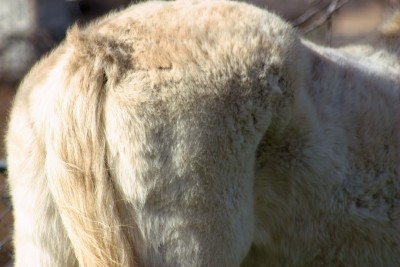
The next three theories involve horses and their tails. The first two theories originate from England where horses of good quality but not of pure breeding had their tails bobbed or cocked to mark them out. It is alleged that Samuel Johnson, a famous English writer from 18th century mixed together a drink of wine and gin for a friend and described the drink as a veritable cocktail drawing comparison between the drink and the cock-tailed horses. They were both of good quality but of mixed breeding. The term cock-tail also became used to describe a man who had the appearance of a gentleman but who didn’t have the breeding or a woman of easy virtue who was desirable but impure. This latter use of cock-tail as being desirable but impure was alleged to have been given by the English to the newly acquired American habit of mixing good British Gin with any foreign matter, including ice! The third horse tail theory owes its origins to the way in which an excited or stimulated horse raises or cocks its tail. Given that the earliest published definition of a cocktail in the Balance and Columbian Repository from 1806 describes a cocktail as a “stimulating liquor composed of spirits of any kind, sugar, water, and bitters” it is again easy to see how the association was made.
Hubs about Vodka
- Top Ten Best Kept Secrets--Vodka cocktails
A few days ago, I was on the phone with one of my oldest friends. We were feeling nostalgic, reminiscing about stories of the hundreds of house parties we used to attend. Now we are now adults. I live in... - Popular Brands of Vodka
A quick reference list of different popular brands of vodka around the world. - Italian Recipes: Penne a la Vodka
A recipe for Penne a la Vodka.


